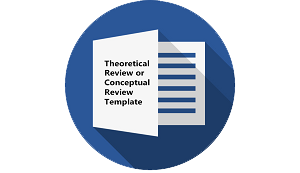MODEL SIMULASI MEDIA MAKET DALAM PEMBELAJARAN MEMBACA DENAH SISWA SMPN 1 PUNGGELAN, BANJARNEGARA
DOI:
https://doi.org/10.30957/cendekia.v11i2.319Keywords:
Simulation models, media mockups, and reading plans.Abstract
 The aim of this study is to improve the ability to read the roadmap. This study uses a two-cycle classroom action research, assigning students of SMPN 1 Punggelan Banjarnegara as the research subject. The implementation of this research refers to the spiral model from Kemmis and Taggart with four steps including: planning, implementation, observation, and reflection. Results of the research showed in cycle attainment in the average score was 73 and the mastery learning 41,38%. In the cycle II attainment was indicated by the average score 86,21 and the mastery learning 79.31%. Evidently, the use of mock media through simulation learning model can improve the ability to read plans.Â
Downloads
Download data is not yet available.
Downloads
Published
2017-05-02
How to Cite
Romelah, R. (2017). MODEL SIMULASI MEDIA MAKET DALAM PEMBELAJARAN MEMBACA DENAH SISWA SMPN 1 PUNGGELAN, BANJARNEGARA. Cendekia: Jurnal Pendidikan Dan Pembelajaran, 11(2), 171–182. https://doi.org/10.30957/cendekia.v11i2.319
Issue
Section
Articles
License
Authors who publish with this journal agree to the following terms:
- Authors retain copyright and grant the journal right of first publication with the work simultaneously licensed under a Creative Commons Attribution-ShareAlike 4.0 International License that allows others to share the work with an acknowledgement of the work's authorship and initial publication in this journal.
- Authors are able to enter into separate, additional contractual arrangements for the non-exclusive distribution of the journal's published version of the work (e.g., post it to an institutional repository or publish it in a book), with an acknowledgement of its initial publication in this journal.
- Authors are permitted and encouraged to post their work online (e.g., in institutional repositories or on their website) prior to and during the submission process, as it can lead to productive exchanges, as well as earlier and greater citation of published work (See The Effect of Open Access).












